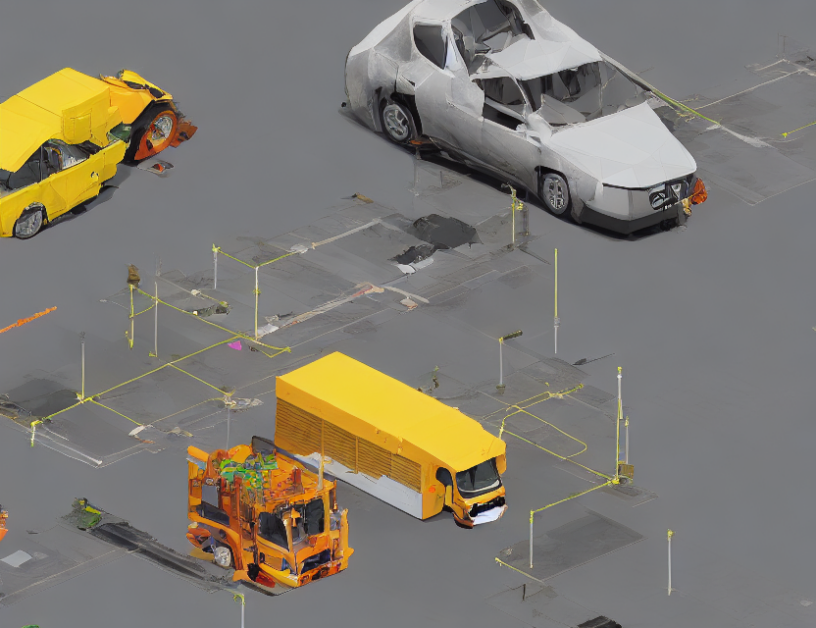Deep learning, a subset of machine learning, has gained significant attention in recent years due to its impressive performance in various tasks, including image and speech recognition. In this article, we will delve into the realm of deep learning and explore its potential application in predicting road traffic accidents. We will demystify complex concepts by using everyday language and engaging metaphors to facilitate comprehension.
Section 1: Understanding Datasets
Datasets are a crucial component of deep learning, as they provide the foundation for training models. In the context of road traffic accidents, understanding the datasets is essential to prevent biased predictions and ensure accurate model creation. We will explore the importance of data insight in selecting the optimal model for specific tasks and the role of MinMaxScaler and RobustScaler in scaling features.
Section 2: Compiling the Model
Once the model architecture is defined, we compile the model using an appropriate optimiser and loss function. The choice of optimiser affects the speed and quality of the learning process, and in our case, we utilized Adam. We will discuss the mean squared error (MSE) as a common choice for the loss function and the use of the compile method of the Sequential model.
Section 3: Scaling Method Selection
In selecting between MinMaxScaler and RobustScaler from scikit-learn, we must consider the nature of road traffic data, which may contain outliers. MinMaxScaler is effective when data lacks significant outliers, but it may not be the best choice for our case due to the expected outliers in accident data. On the other hand, RobustScaler utilizes statistics robust to outliers and is less sensitive to outliers. We will discuss the importance of scaling features using these statistics to ensure accurate model creation.
Conclusion
In conclusion, deep learning has immense potential in predicting road traffic accidents. By understanding the importance of datasets, selecting the appropriate optimiser and loss function, and scaling features using robust methods, we can create models that are both accurate and reliable. As deep learning continues to evolve, it is crucial to remain vigilant in addressing the challenges associated with model creation and deployment, including data quality and ethical considerations. By doing so, we can harness the full potential of deep learning in improving road safety and reducing the devastating consequences of traffic accidents.



